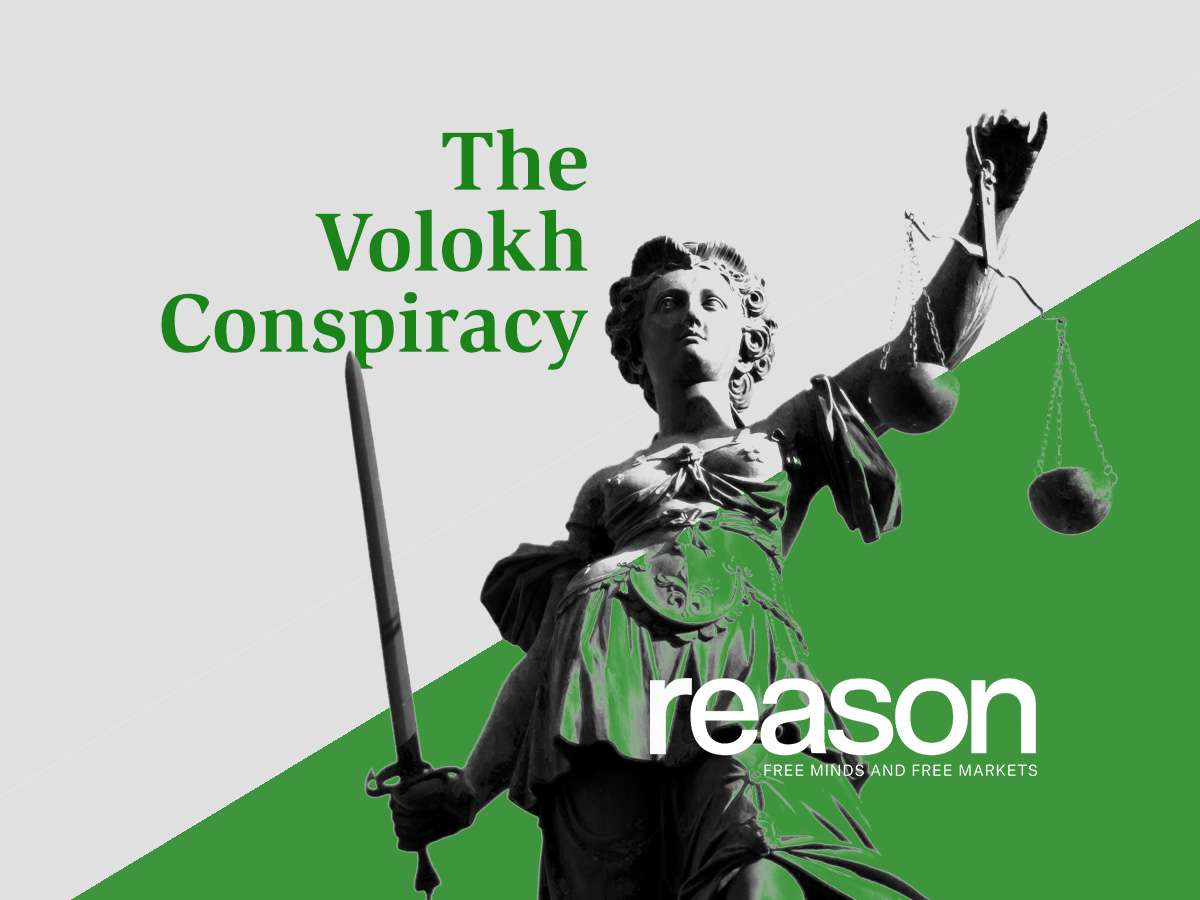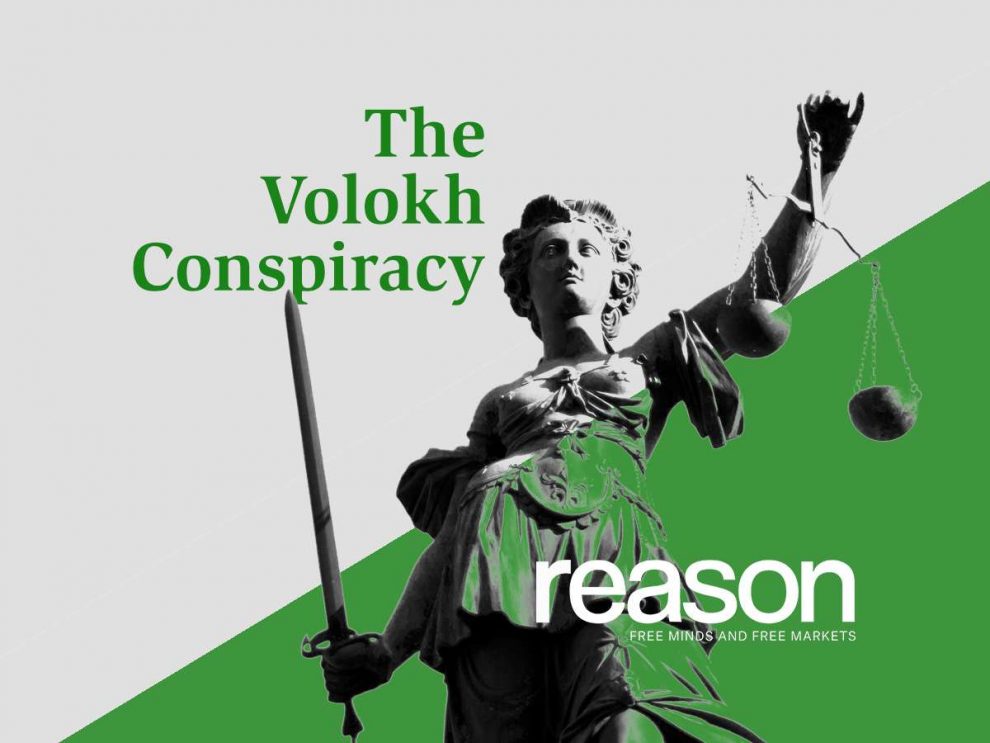
Minnesota Voters Alliance v. Ellison, decided yesterday by Judge Nancy Brasel (D. Minn.), upheld this new Minnesota statute:
(a) No person may, within 60 days of an election, cause information to be transmitted by any means that the person:
- intends to impede or prevent another person from exercising the right to vote; and
- knows to be materially false.
(b) The prohibition in this subdivision includes but is not limited to information regarding the time, place, or manner of holding an election; the qualifications for or restrictions on voter eligibility at an election; and threats to physical safety associated with casting a ballot.
An excerpt of the analysis:
MVA brings this suit because of the Election Law’s intersection with another new law, the Re‐Enfranchisement Act, which restored voting rights to individuals with a felony conviction during any period when they are not incarcerated for the offense. Believing that the Re‐Enfranchisement Act violates the Minnesota Constitution, MVA brought a lawsuit in state court challenging that law as unconstitutional as well, arguing that the Minnesota Constitution “requires a Governor’s pardon, full service of a felony sentence with concomitant discharge, or full restoration of ‘civil rights’ by legislative act, before those convicted of felonies can, constituent with the Constitution, register to vote and vote.” The Minnesota Supreme Court dismissed the suit, determining that the plaintiffs lacked taxpayer standing. Thus, the Re‐Enfranchisement Act remains in place, including for the 2024 election cycle.
MVA intends to tell prospective voters in this cycle that “[f]elons still serving their sentences do not have a right to vote in Minnesota” and “felons who have not served their full sentences, or otherwise had their sentences discharged, cannot legally vote.” Under the Re‐Enfranchisement Act, these statements are at least partially false, because a person serving a sentence but not incarcerated is able to vote under that statute….
The court concluded that the MVA wouldn’t violate the law, if it has “a ‘good‐faith belief’ in the truthfulness of this statement”; and it rejected the MVA’s concern that its beliefs may be incorrectly determined:
Underlying MVA’s position is its concern that someone will incorrectly ascertain MVA’s intent and file a complaint under the statute. MVA points to 281 Care
Committee v. Arneson (8th Cir. 2014), which invalidated a statute with a similar enforcement provision to the one at issue. Both enforcement provisions of the
Election Law allow anyone to file a complaint under the statute. However, 281 Care Committee was different. It involved “core” political speech—speech entitled to the highest protection under the First Amendment. Core political speech includes speech about political candidates and ballot questions. MVA’s speech is not core political speech; it is speech about who is eligible to vote rather than who should be eligible to vote. It is also not speech about any issue or candidate on the ballot.
And the court concluded that the law is constitutional:
Minnesota undoubtably has a compelling interest in reducing misinformation aimed at preventing someone from voting. Burson v. Freeman (1992) (“[A] State has a compelling interest in protecting voters from confusion and undue influence” and “in ensuring that an individual’s right to vote is not undermined by fraud in the election process.”). The “includes but is not limited to” language could be construed as unlimiting, thus opening a universe of unconstitutional application. But no party dives into that universe. Indeed, MVA seems to concede that it believes the provision to be limited; it asserts that the provision makes the statute content‐based because it targets the speech listed in Subdivision 2(b). Nor does MVA point to any unconstitutional application of the statute that would be outside of the enumerated categories in Subdivision 2(b), but captured by the phrase “includes but not limited to.” …
Subdivision 2, as the Court reads it, prohibits knowingly false speech about where, when, and whether someone can vote, with the intent to prevent someone from voting. It accordingly furthers Minnesota’s compelling interest in protecting “the integrity and reliability of the electoral process.”
Subdivision 2 is likewise narrowly tailored. It does not reach political speech about the contents of the ballot; it merely reaches speech about where, when, and who can vote. {Unlike many laws subjected to litigation over the past decade, it is not aimed at (nor does it cover) false information about a political candidate, the effect of ballot questions, political apparel inside a polling place on Election Day, or false claims about party endorsements. Subdivision 2 does not prohibit debate about a political question, even the political question of whether felons should be able to vote. A normative statement encouraging one policy or the other is not touched by the statute. It does not prohibit robust debate, including whether the Minnesota Constitution bars individuals with a felony conviction from voting while still on probation: indeed, such a debate occurred without interruption in Minnesota state courts.}
The law is limited to statements that a person knows to be materially false, and made with intent to prevent someone from voting. The statute is thus narrowly drawn to further Minnesota’s interests. Confirming this analysis is the Supreme Court’s pronouncement that states can undoubtably prohibit people from spreading misinformation “intended to mislead voters about voting requirements and procedures.” Minnesota Voters Alliance v. Mansky (2018).
Defendants are represented by Jason Stover and Robert Yount of the Anoka County Attorney’s Office and Allen Barr, Jennifer Olson, and Nathan Hartshorn of the Minnesota AG’s Office.

